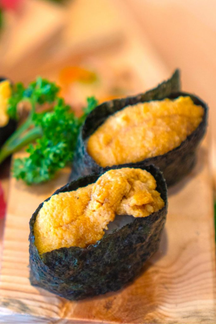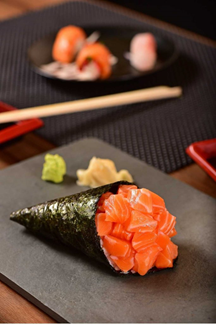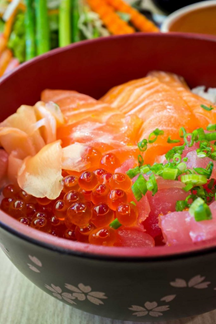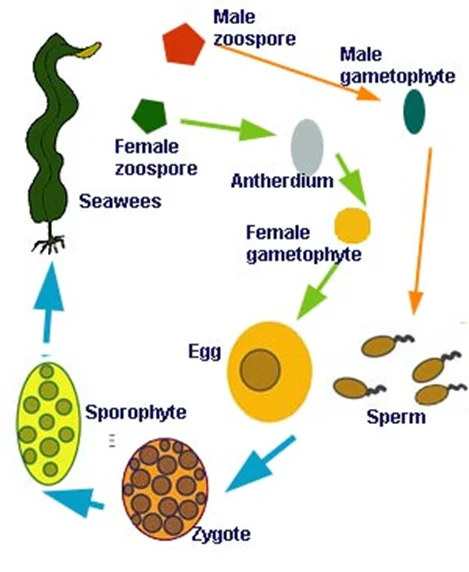| Types of Sushi | Image |
| Nigiri |  |
| Maki |  |
| Uni Sushi |  |
| Temaki Sushi |  |
| Chirashi |  |
Children of Israel: SUSHI IS UNCLEAN
Leviticus 11:9 These shall ye eat of all that are in the waters: whatsoever hath fins and scales in the waters, in the seas, and in the rivers, them shall ye eat.
Deuteronomy 14:9 These ye shall eat of all that are in the waters: all that have fins and scales shall ye eat:
Sushi is a dish that originated in Japan. It’s made with specially prepared rice and typically some fish or seafood, which is usually raw, but is sometimes cooked. The word sushi refers to the rice that’s used, not the fish.
Originating in Japan, sushi is a dish that is made by combining raw fish with specially prepared rice. Originally it was created to preserve fish in fermented rice, but has since evolved to being wrapped in seaweed and served fresh.
What is Seamoss or Seaweed?
Seamoss or Seaweed include members of the red, brown and green algae. They are members of the kingdom Protista meaning they are not Plants. They do not have vascular system (internal transport system) of plants and do not have roots, stems, leaves, and flower or cones. Like plants they use the pigment chlorophyll for photosynthesis but also contain other pigments which may be coloured red, blue, brown or gold.They are divided into three groups:Brown Algae (Phaeophyta)Green Algae (Chlorophyta)Red Algae (Rhodophyta)
Seamoss or Seaweed Reproduction
Seamoss or Seaweed life and reproductive cycles can be quite complicated. Some seaweeds are perennial, living for many years, while are annuals. Annual seaweeds generally begin to grow in the spring, and continue throughout the summer. Some red seaweeds have a life span of 6 to 10 years.
Seamoss or Seaweeds can reproduce sexually, by the joining of specialized male and female reproductive cells, called gametes. After they are released from the sporophyte, the spores settle and grow into male and female plants called gametophytes. The gametophytes produce gametes (sperm or eggs). The sperm and eggs are either retained within the gametophyte plant body, or released into the water. Eggs are fertilized when the sperm and egg fuse together, and a zygote is formed. Zygotes develop and grow into sporophytes, and the life cycle continues.
Seamoss or Seaweeds display a variety of different reproductive and life cycles and the description above is only a general example of one type, called alternation of generations. In a few species there is an alternating sexual and asexual reproductive process with every generation.
Seamoss or Seaweeds can also reproduce asexually through fragmentation or division. This occurs when parts of a plant break off and develop directly into new individuals. All offspring resulting from asexual reproduction are clones; they are genetically identical to each other and the parent seaweed.

Here is a list of some of the most common types of fish and seafood used for sushi:


